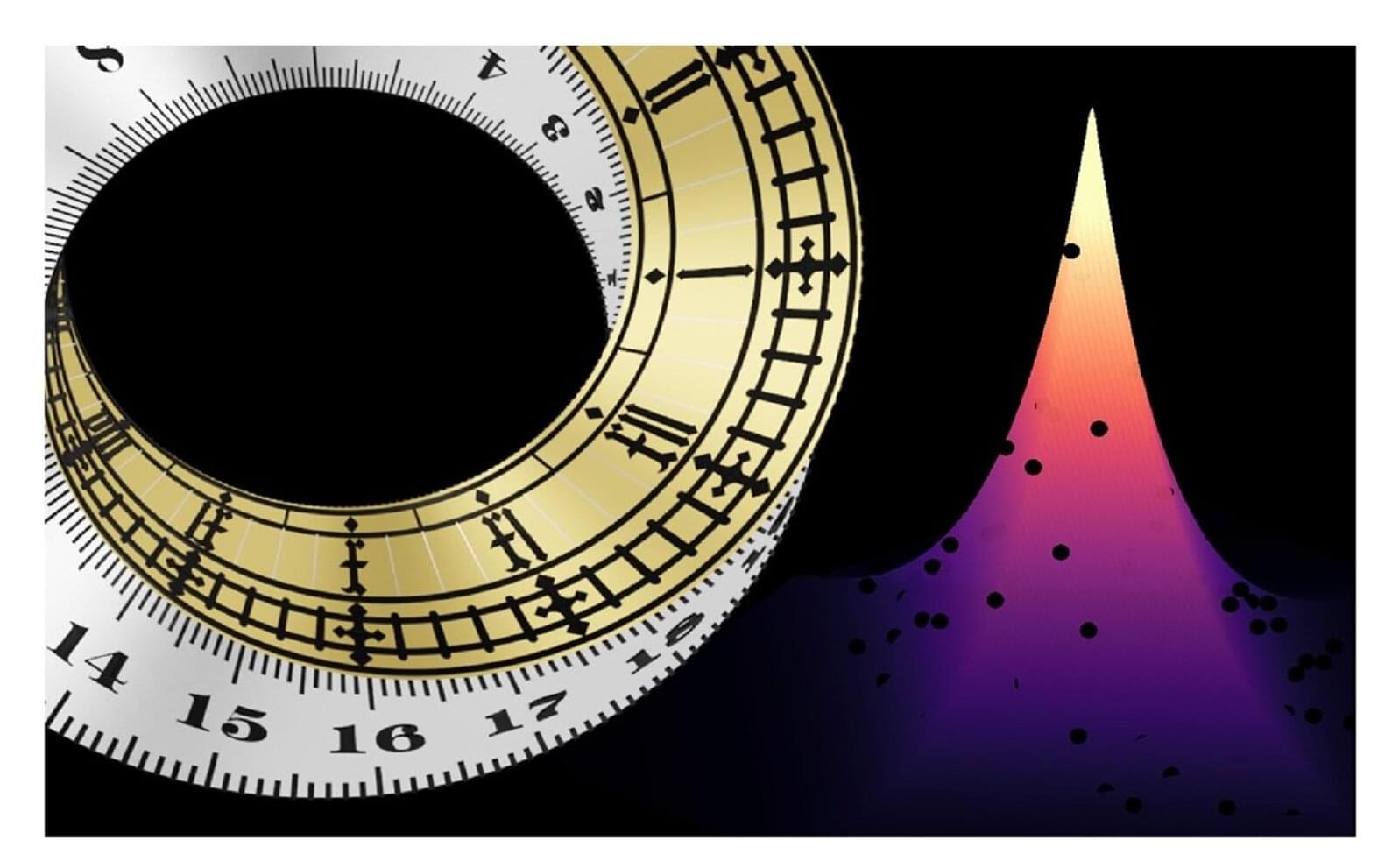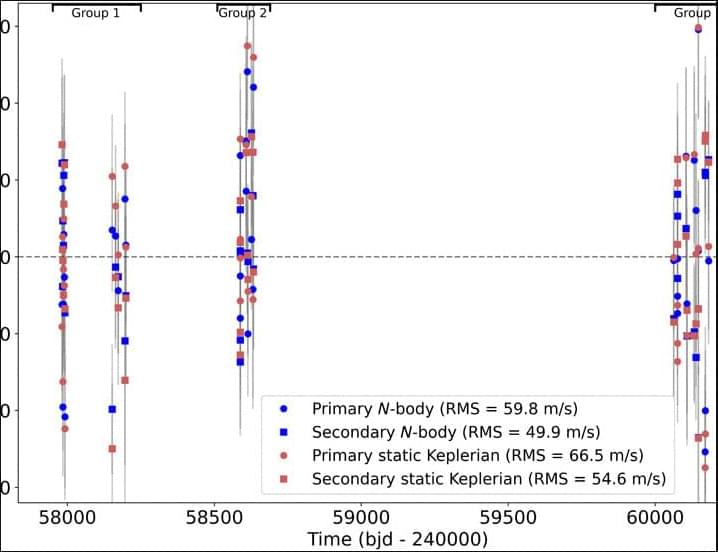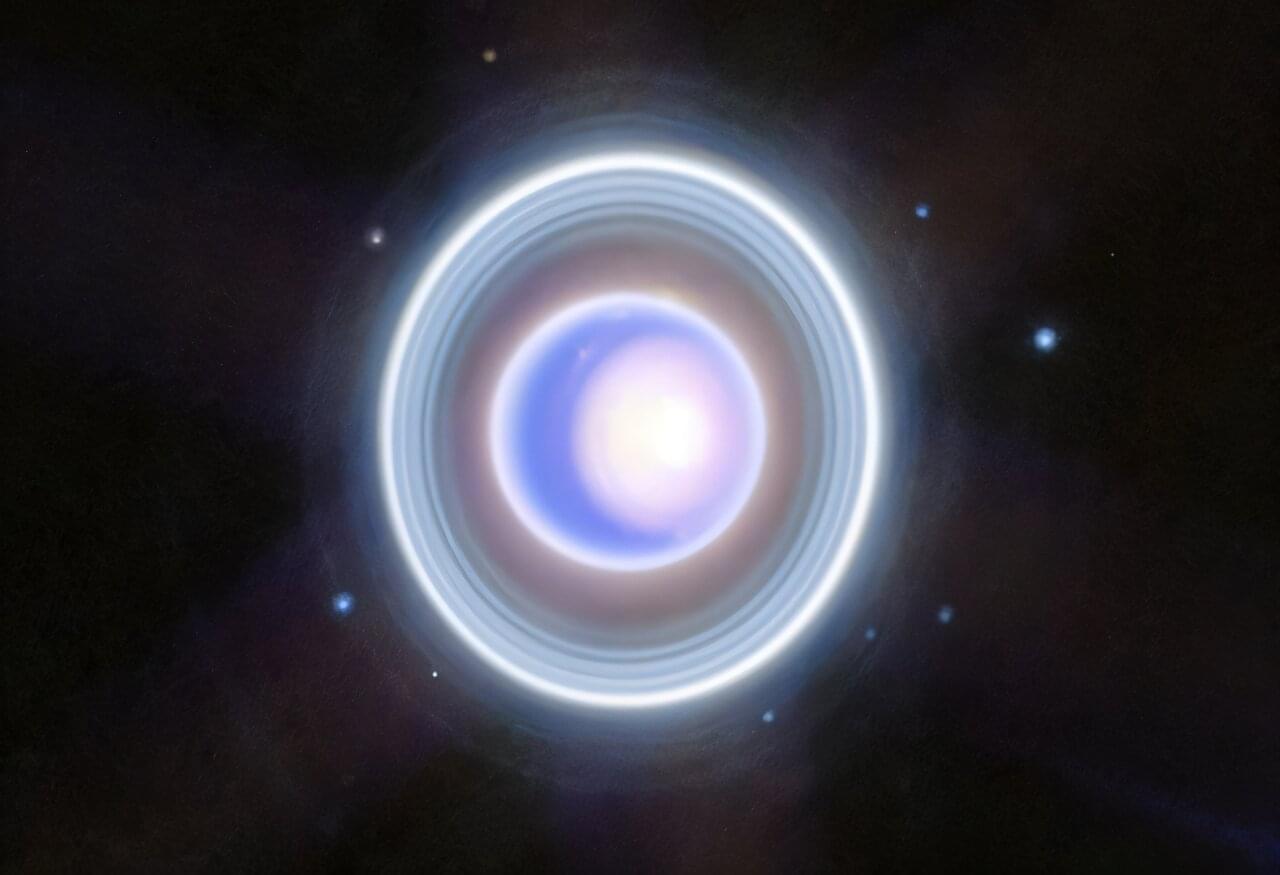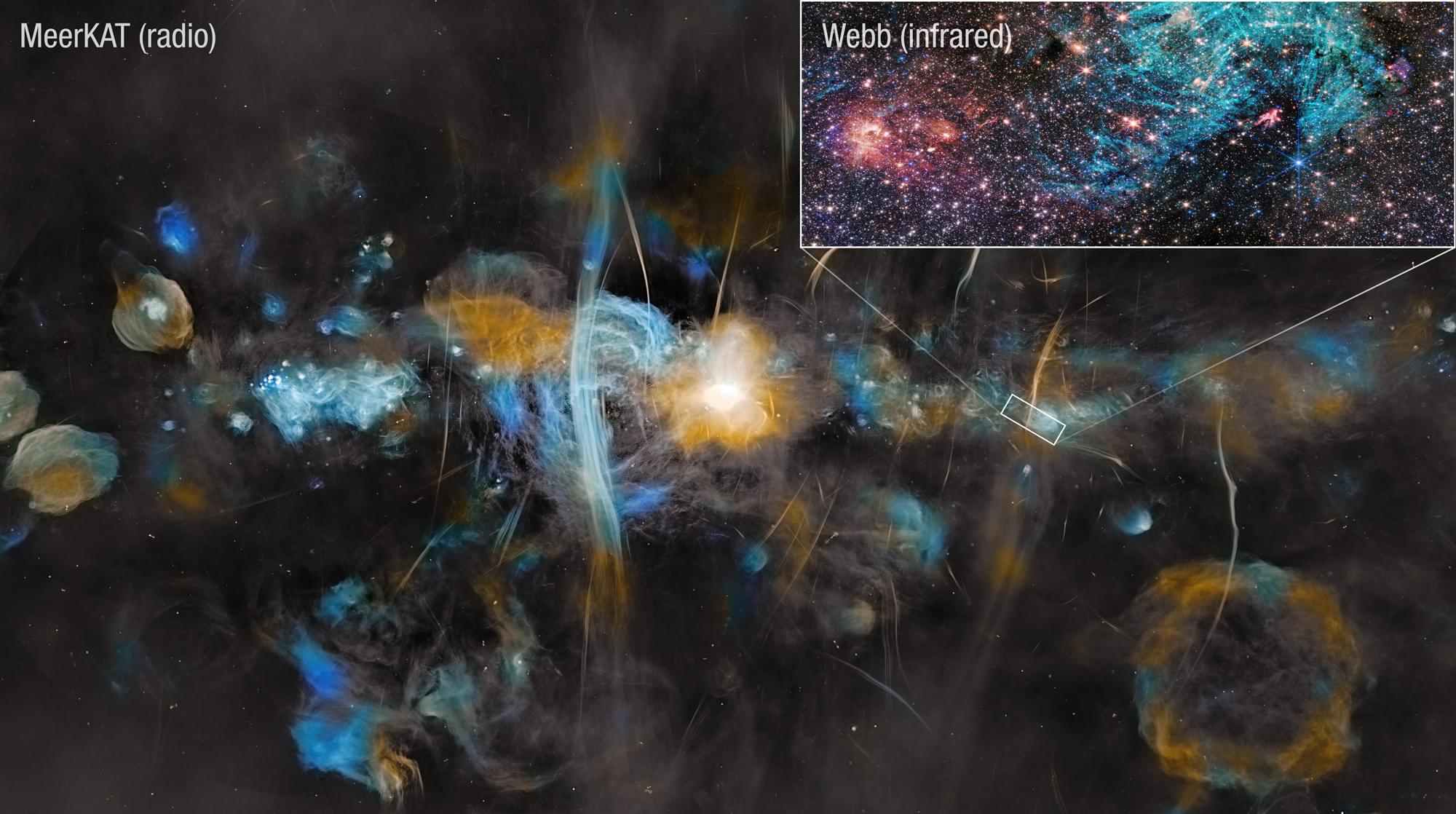A new analysis of the sky has finally confirmed where the missing half of the Universe’s visible matter has been hiding.
In the space around galaxies, it lurks as huge, invisible clouds of ionized hydrogen. Normally, this would be impossible to see – but a large international team of astronomers and astrophysicists has developed a technique that reveals its hiding places, out there in the darkness amidst the stars.
Survey programs confirm the missing half of the Universe’s material takes the form of an intergalactic mist of hydrogen expelled farther from the active cores of galaxies than anybody previously thought.




